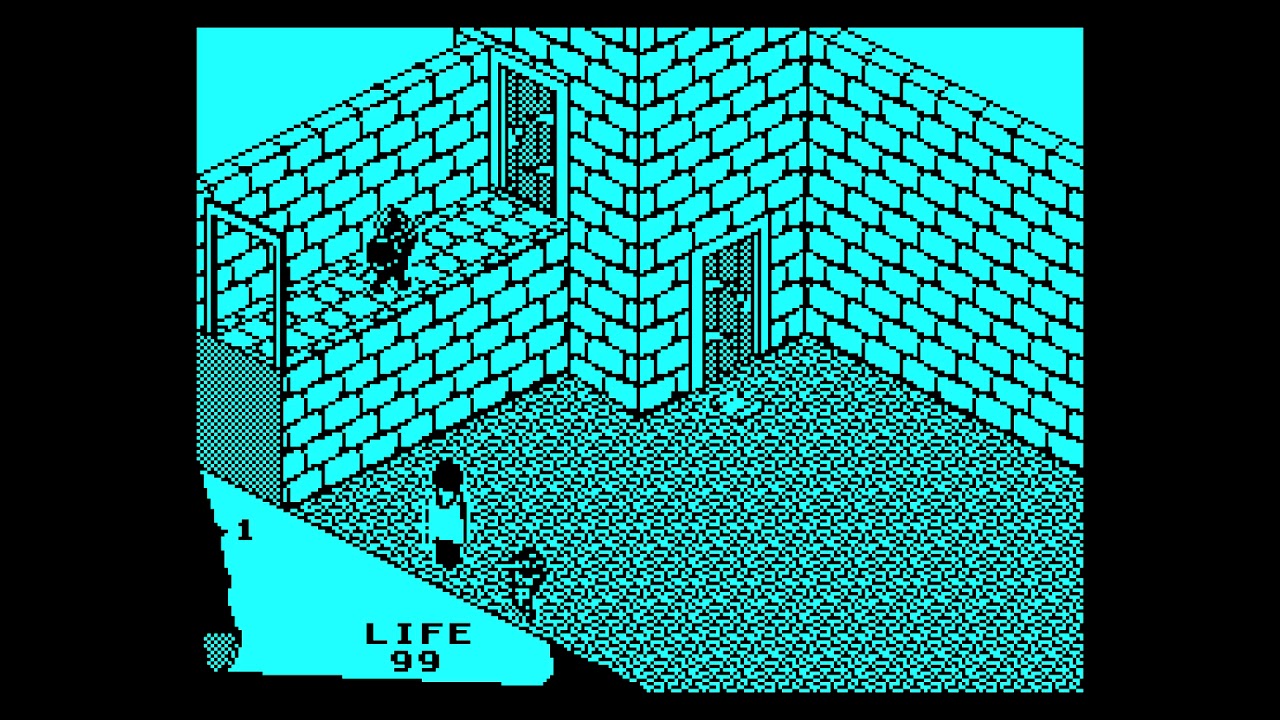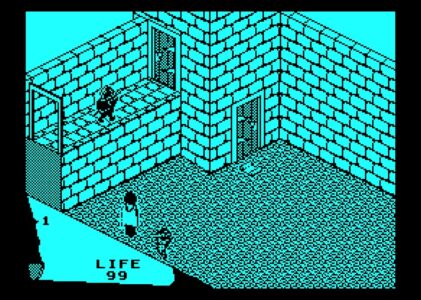In the golden age of gaming, Fairlight emerged as a trailblazing title that defined a genre. Journey with us through the pixelated realms of this 1985 classic, exploring its genre, gameplay, key features, strategies, reviews, cultural impact, sequels, and similar games.
In the annals of video game history, there are certain titles that transcend the limitations of their time and become timeless classics. One such gem from the 1980s is “Fairlight,” a game that not only defined a genre but also left an indelible mark on the gaming landscape. In this retrospective, we will delve deep into the pixelated worlds of “Fairlight,” exploring its genre, gameplay mechanics, key features, strategies, reviews, cultural impact, sequels, and the games that it inspired.
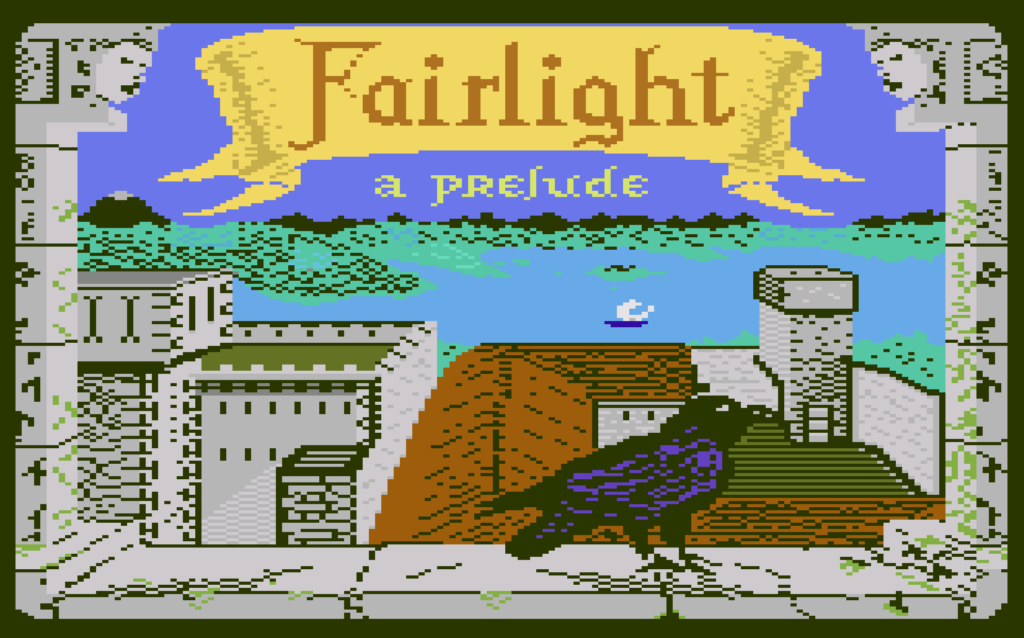
The Birth of a Genre
Genre: Isometric Adventure
“Fairlight” was not just another game; it was a pioneer in the realm of isometric adventure games. Released in 1985 by Swedish developer Bo Jangeborg, this title combined elements of puzzle-solving, exploration, and platforming within an isometric world. Players were thrust into the role of the brave adventurer, Isvar, tasked with navigating the treacherous chambers of the Castle Avars to recover the lost talismans of power.
The isometric viewpoint in “Fairlight” was a revelation in the gaming industry. It provided a three-dimensional appearance to the 2D graphics, creating a sense of depth and immersion previously unseen in video games of that era. This innovation became a hallmark of isometric adventure games and influenced countless titles that followed.
A Quest for the Ages
Gameplay Mechanics
“Fairlight” was more than just a pretty face; it boasted intricate gameplay mechanics that captivated players for hours on end. The game featured a labyrinthine castle filled with traps, puzzles, and dangerous creatures. Isvar’s quest was to explore every nook and cranny, solving puzzles and collecting the six talismans scattered throughout the castle.
The controls were simple yet effective. Players guided Isvar through the isometric world using a combination of arrow keys to move and function keys to interact with objects. This intuitive control scheme made it easy for players to immerse themselves in the game without the frustration of complex controls.
As Isvar ventured deeper into Castle Avars, the challenges grew progressively more difficult. From avoiding deadly spikes to outsmarting cunning enemies, every step forward was a testament to the player’s wit and dexterity. The sense of accomplishment upon solving a particularly vexing puzzle or defeating a formidable foe was immensely satisfying.
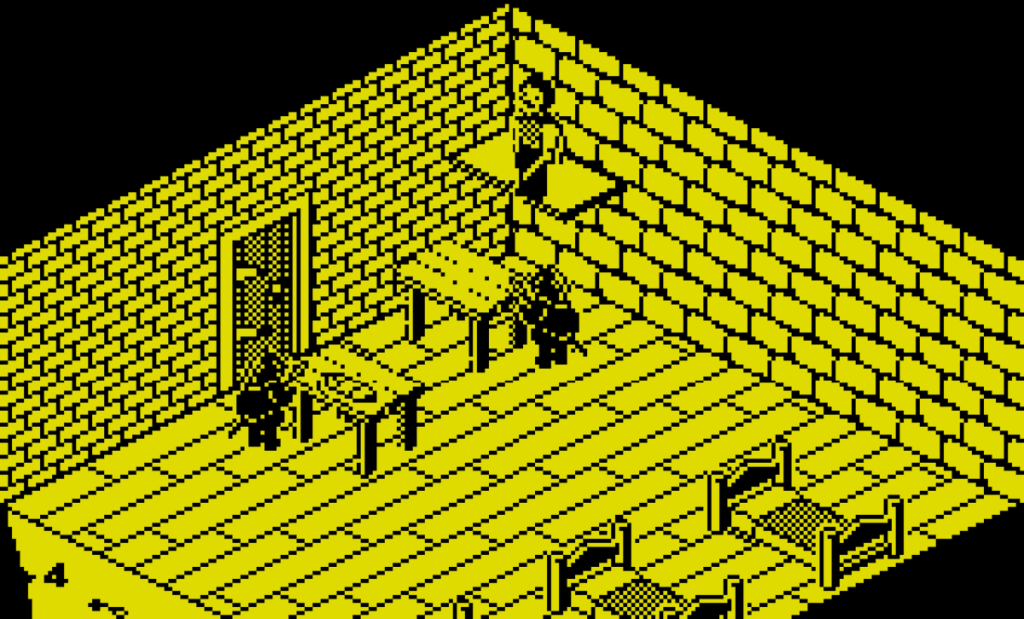
Key Gameplay Features
1. Richly Detailed Environments
“Fairlight” was a visual masterpiece in its time. The isometric world was meticulously designed, with each room of Castle Avars presenting a unique and visually captivating challenge. The attention to detail in the game’s graphics added depth to the gameplay experience.
2. Puzzles Galore
Puzzles were at the heart of “Fairlight.” From deciphering cryptic messages to manipulating objects to open secret passages, players had to use their intellect to progress through the game. The variety and complexity of puzzles kept players engaged and thinking critically.
3. Atmospheric Soundtrack
The hauntingly beautiful soundtrack of “Fairlight” added to the game’s immersive atmosphere. Composed by David Whittaker, the music enhanced the sense of exploration and mystery, creating an unforgettable auditory experience.
4. Time Pressure
Isvar’s quest was not without urgency. The game featured a time limit, adding an element of tension to the gameplay. Players had to strategize and manage their time wisely to succeed.
5. Non-linear Exploration
Castle Avars was an open world filled with secrets waiting to be uncovered. Players had the freedom to explore its various chambers in a non-linear fashion, adding replayability to the game.
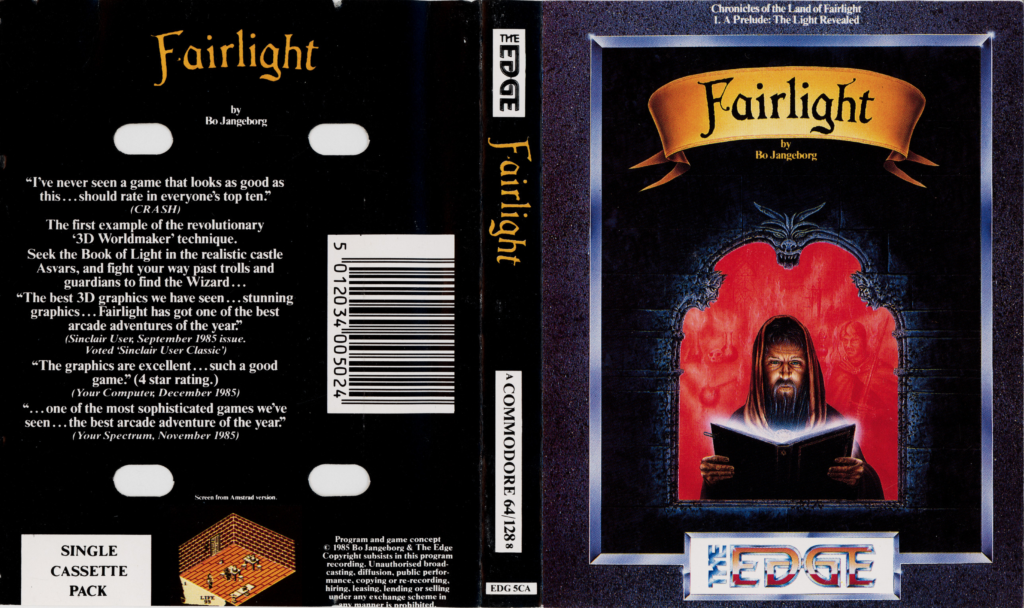
Strategies and Cheats
Mastering “Fairlight” required a combination of sharp wits and quick reflexes. Here are some strategies that seasoned adventurers employed to conquer Castle Avars:
- Mapping: Many players created hand-drawn maps of the castle’s layout to keep track of their progress and avoid getting lost in its labyrinthine halls.
- Save Scumming: Saving frequently allowed players to experiment with different approaches to puzzles and challenges without fear of losing progress.
- Resource Management: Managing limited resources such as keys and potions was crucial. Wise allocation of these items could mean the difference between success and failure.
- Enemy Avoidance: Some players chose to avoid combat whenever possible, opting to sneak past enemies rather than engage in direct confrontation.
- Practice Makes Perfect: “Fairlight” was a game that rewarded practice and memorization. Repeated playthroughs helped players improve their skills and complete the game more efficiently.
As for cheats, “Fairlight” had its fair share of hidden shortcuts and Easter eggs. While cheating might have provided temporary relief from the game’s challenges, it often diminished the sense of accomplishment that came from genuine progress.

Reviews and Cultural Impact
Critical Acclaim
“Fairlight” received critical acclaim upon its release. Critics praised its groundbreaking isometric graphics, challenging gameplay, and atmospheric soundtrack. The game’s innovative approach to perspective and exploration set it apart from its contemporaries.
Reviewers of the time often noted the game’s high difficulty level, which added to its appeal for hardcore gamers seeking a true test of their skills. The sense of accomplishment derived from completing “Fairlight” was a badge of honor among gamers.
Cultural Impact
The influence of “Fairlight” extended beyond the gaming community. It introduced a new standard for isometric graphics in video games, inspiring other developers to explore this perspective. The game’s intricate puzzles and non-linear exploration also left a lasting mark on the adventure game genre.
“Fairlight” was a testament to the power of innovation in gaming. It demonstrated that even with limited technology, creative ideas could lead to groundbreaking experiences that captured the hearts and minds of players.
Sequels and Examples of Similar Games
Sequels
The success of “Fairlight” led to the creation of two sequels: “Fairlight II” (1986) and “Fairlight III: The Last Inca” (1987). These sequels continued the adventures of Isvar and expanded upon the gameplay mechanics of the original.
“Fairlight II” introduced a larger game world with more intricate puzzles, while “Fairlight III” took the series in a different direction by incorporating elements of ancient Incan culture into the storyline.
Similar Games
“Fairlight” set a high bar for isometric adventure games, and several titles drew inspiration from its success. Here are a few examples:
- “Knight Lore” (1984): This title by Ultimate Play the Game shares the isometric perspective and puzzle-solving elements that “Fairlight” popularized.
- “Solomon’s Key” (1986): While not isometric, this game features challenging puzzles and platforming elements that appealed to fans of “Fairlight.”
- “Head Over Heels” (1987): Another isometric adventure, this game introduced cooperative gameplay, allowing players to control two characters with unique abilities.
- “Equinox” (1993): Released on the Super Nintendo, “Equinox” borrowed heavily from the isometric adventure genre, offering a similar blend of puzzles and exploration.
Fairlight
“Fairlight” remains a testament to the enduring appeal of retro gaming. Its innovative isometric graphics, intricate puzzles, and immersive atmosphere continue to captivate gamers, even in an age of high-definition 3D graphics and virtual reality.
As we journeyed through the pixelated realms of “Fairlight,” we discovered a game that not only defined a genre but also left an indelible mark on the hearts of players. Its influence on the gaming industry, from its pioneering isometric graphics to its challenging gameplay, is a testament to the enduring power of innovation in video games.
Whether you’re a veteran adventurer or a newcomer to the world of retro gaming, “Fairlight” beckons you to step into the shoes of Isvar and embark on a quest filled with puzzles, peril, and adventure. Are you ready to unlock the secrets of Castle Avars and recover the lost talismans of power? The journey awaits.
Note: To experience “Fairlight” firsthand, you can explore emulators and vintage gaming platforms where it is available for play.
References:
